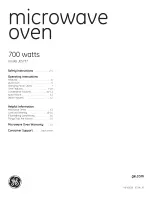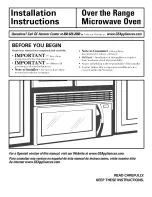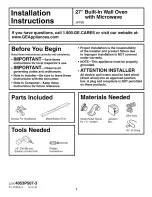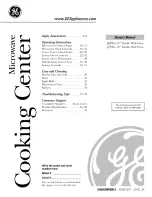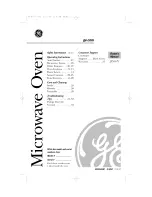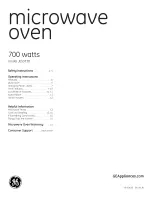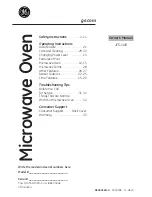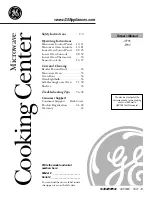
47
Preserving
▯
Cook food as soon as possible after purchase or
after it has been harvested/picked/dug up.
Prolonged storage reduces the vitamin content
and means that food is on the verge of
fermenting.
▯
Only use fruit and vegetables that are in good
condition.
▯
The oven is not suitable for preserving meat.
▯
Carefully check and clean the preserving jars,
rubber sealing rings, clips and springs.
▯
Place the preserving jars in a heat-resistant
vessel containing water. Make sure that they do
not touch. The water level must reach at least
three quarters of the way up to the top of the
contents of the jars.
▯
Once the cooking time has elapsed, open the
oven door. Do not remove the preserving jars from
the cooking compartment until they have
completely cooled down.
▯
Store the preserves in a cool, dark and dry place,
e.g. in a pantry. Once the jars have been opened,
consume the contents quickly and store in the
refrigerator.
Disinfecting
▯
Before you begin preserving the food, the glasses
should be disinfected in the oven to prevent the
food from spoiling. This is the only way to ensure
that preserves keep for a relatively long time and
can be stored outside of the refrigerator.
▯
Disinfect the empty jars at 100 °C for at least 20
minutes in the "Hot air" (fan-oven) setting. The lids
and rubber preserving seals for the jars can be
disinfected at the same time in boiling water to
avoid them drying out in the dry heat of the oven.
Dish
Accessories Level
Temperature
in °C
Heating
function
Cooking
time
in min.
Comments
Fruit
Wire rack
1 (2)
150 - 160
N
35 - 40
In sealed jars
Vegetables
Wire rack
1 (2)
190 - 200
N
60 - 120
In sealed jars
Dish
Accessories Level
Temperature
in °C
Heating
function
Cooking
time
in min.
Comments
Disinfecting
Wire rack
2 (3)
100
H
/
I
20 - 25
Preserving jars, baby bottles





















